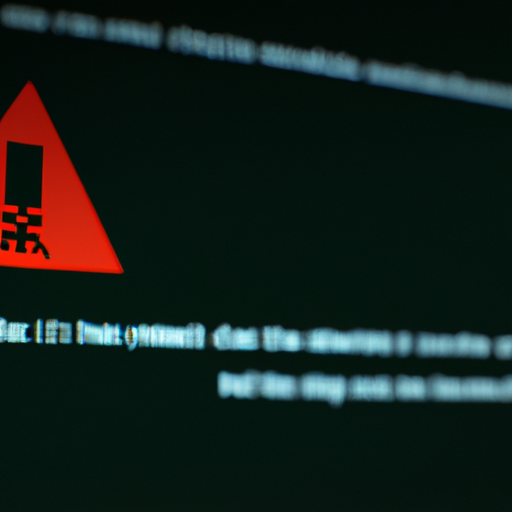In recent times, cyber threats have become increasingly sophisticated, with hackers constantly on the lookout for vulnerabilities in widely used software. One such example is the critical Microsoft Outlook zero-day vulnerability, CVE-2023-23397, which has been exploited by hackers to trigger automatic updates. This article delves into the details of this vulnerability, its potential impact, and the steps taken by Microsoft to address it.
Understanding CVE-2023-23397: The Critical Microsoft Outlook Zero-Day Vulnerability
CVE-2023-23397 is a critical zero-day vulnerability in Microsoft Outlook, which allows attackers to execute arbitrary code on a victim’s system. This vulnerability is related to the handling of an extended MAPI (Messaging Application Programming Interface) property, which can be exploited by sending a specially crafted email to the target. When the victim opens the email, the malicious code is executed, potentially leading to a compromise of the system.
One of the key aspects of this vulnerability is that it can be exploited without any user interaction, making it particularly dangerous. The attacker can simply send an email containing a UNC (Universal Naming Convention) path to an SMB (Server Message Block) share, which triggers the automatic loading of the malicious payload when Outlook processes the email. This means that even if the user does not open the email or click on any links, their system can still be compromised.
Fancy Bear: A Notorious Hacking Group Exploiting CVE-2023-23397
One of the most notorious hacking groups known to have exploited this vulnerability is Fancy Bear, also known as APT28 or Sofacy. This group is believed to be linked to the Russian government and has been involved in several high-profile cyber-espionage campaigns in the past. By exploiting CVE-2023-23397, Fancy Bear has been able to gain unauthorized access to sensitive information and potentially disrupt critical infrastructure.
Some of the notable attacks attributed to Fancy Bear include the 2016 Democratic National Committee (DNC) email leak, the World Anti-Doping Agency (WADA) data breach, and the German Parliament cyber-attack. The group’s ability to exploit this critical vulnerability in Microsoft Outlook highlights the need for organizations to prioritize patching and updating their systems to protect against such threats.

Microsoft’s Response: Security Updates and Mitigation Measures
Upon discovering the CVE-2023-23397 vulnerability, Microsoft promptly issued a security update to address the issue. The update, which is available through the Microsoft Security Resource Center, includes patches for all supported versions of Microsoft Outlook. Organizations and individual users are strongly encouraged to apply the update as soon as possible to protect their systems from potential exploitation.
In addition to the security update, Microsoft has also provided several mitigation measures that can help reduce the risk of exploitation. These include:
- Disabling the automatic processing of MAPI properties in Outlook, which can prevent the automatic loading of malicious payloads.
- Implementing network-level SMB blocking, which can prevent the attacker’s UNC path from being accessed by the victim’s system.
- Using security software that can detect and block known exploits for this vulnerability, such as Microsoft Defender Antivirus and Microsoft Defender for Endpoint.
While these mitigation measures can help reduce the risk of exploitation, they are not a substitute for applying the security update. Organizations should prioritize patching their systems to ensure the highest level of protection against this critical vulnerability.
Key Takeaways and the Importance of Timely Patching
The exploitation of the CVE-2023-23397 vulnerability in Microsoft Outlook serves as a stark reminder of the importance of timely patching and updating software. As hackers continue to target widely used applications, organizations must prioritize the identification and remediation of vulnerabilities to protect their systems and sensitive information.
Some key takeaways from this incident include:
- The critical nature of the vulnerability, which allows for arbitrary code execution without user interaction, highlights the need for organizations to be vigilant in monitoring for and addressing security issues.
- The involvement of a notorious hacking group like Fancy Bear underscores the potential impact of such vulnerabilities, as they can be exploited for cyber-espionage and other malicious activities.
- Microsoft’s prompt response in issuing a security update and providing mitigation measures demonstrates the importance of collaboration between software vendors and users in addressing cyber threats.
In conclusion, the exploitation of the CVE-2023-23397 vulnerability in Microsoft Outlook serves as a cautionary tale for organizations and individuals alike. By prioritizing patching and updating software, implementing mitigation measures, and staying informed about emerging threats, users can better protect their systems and sensitive information from potential exploitation by hackers.




